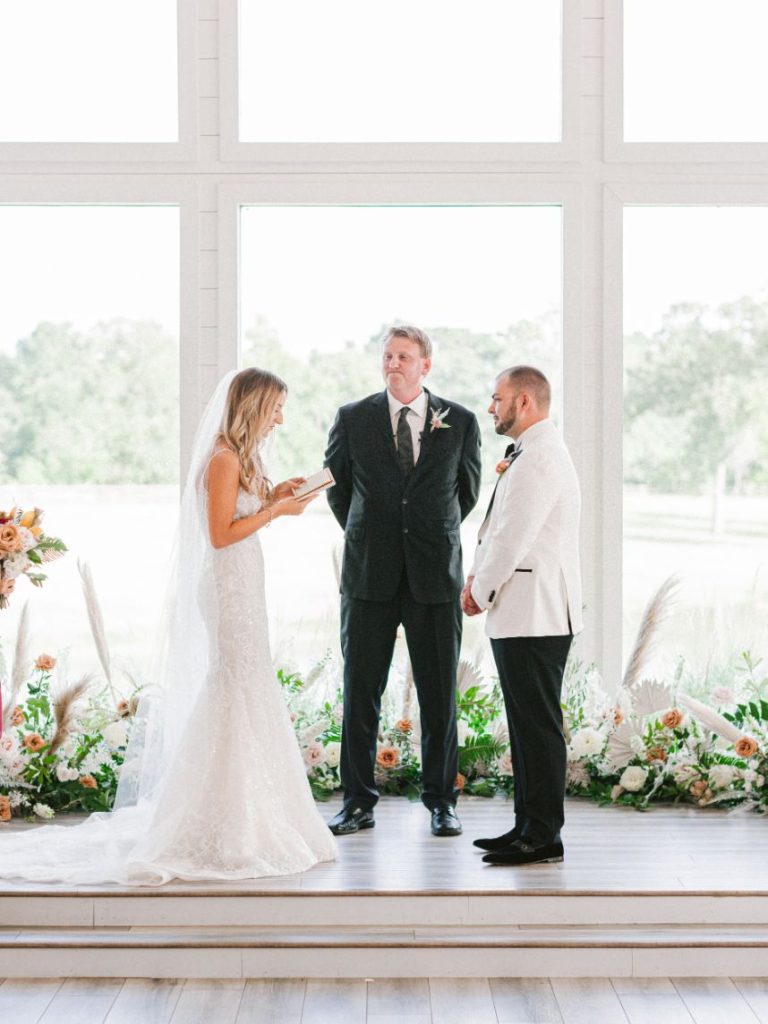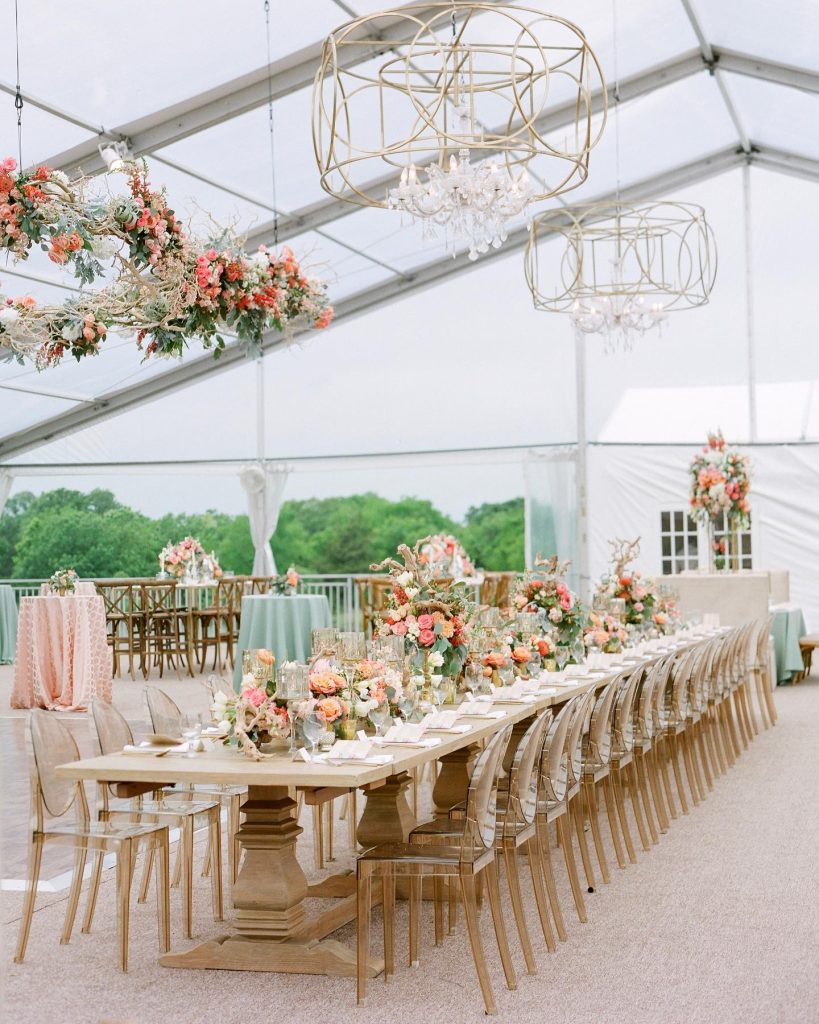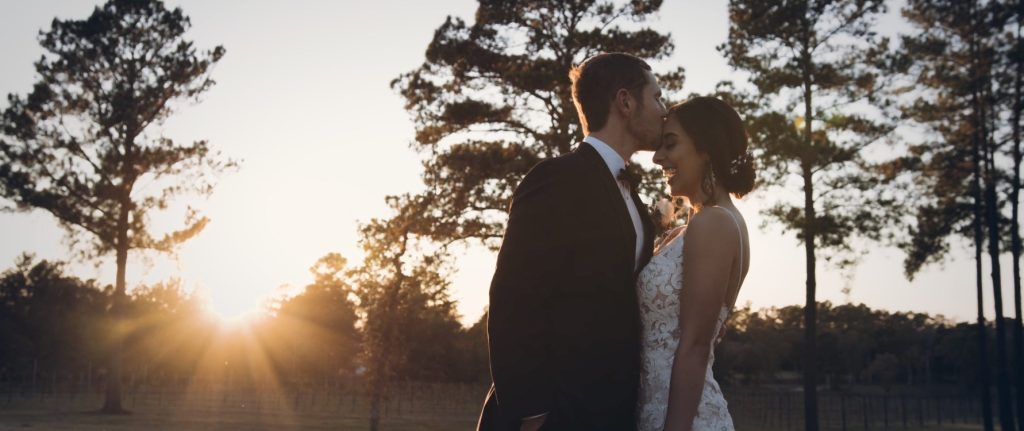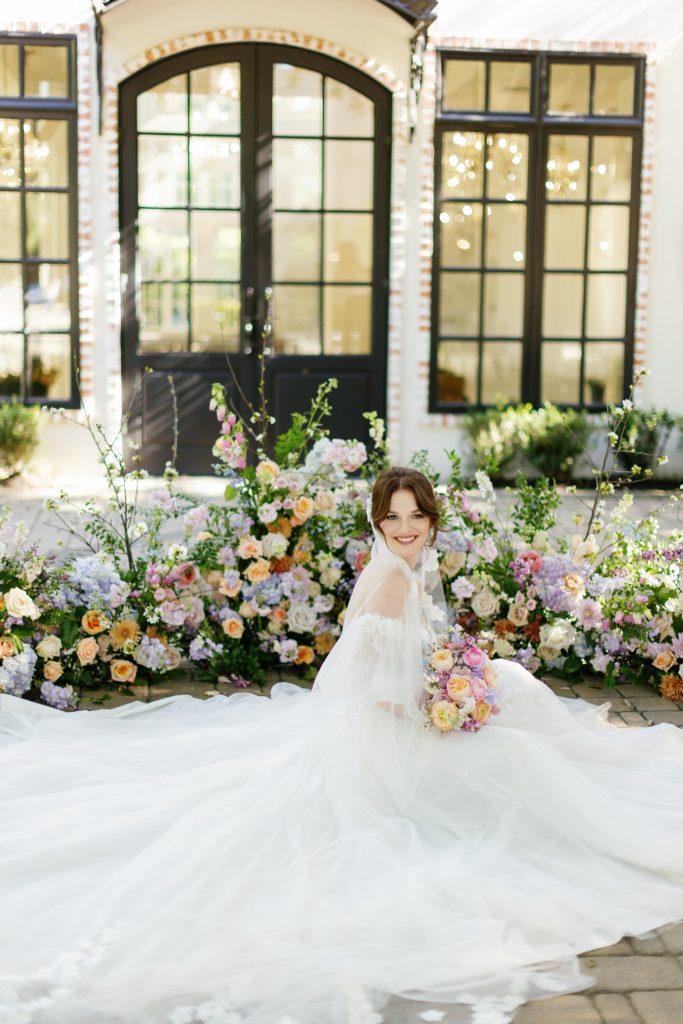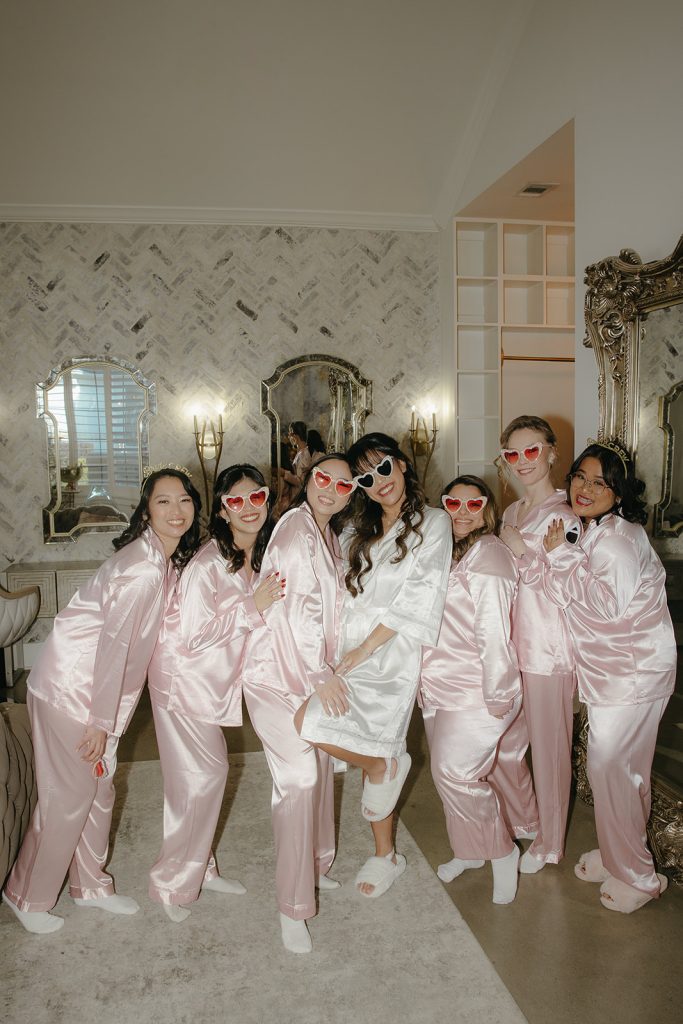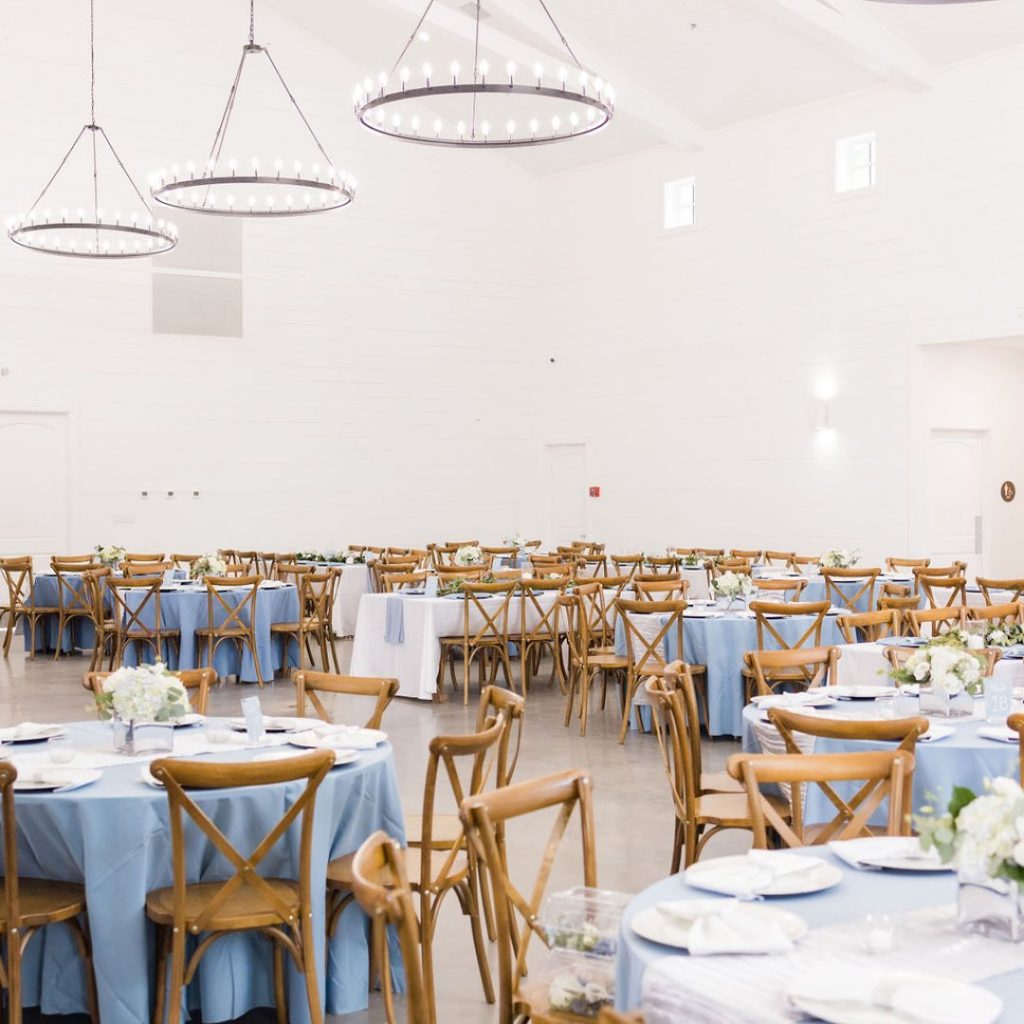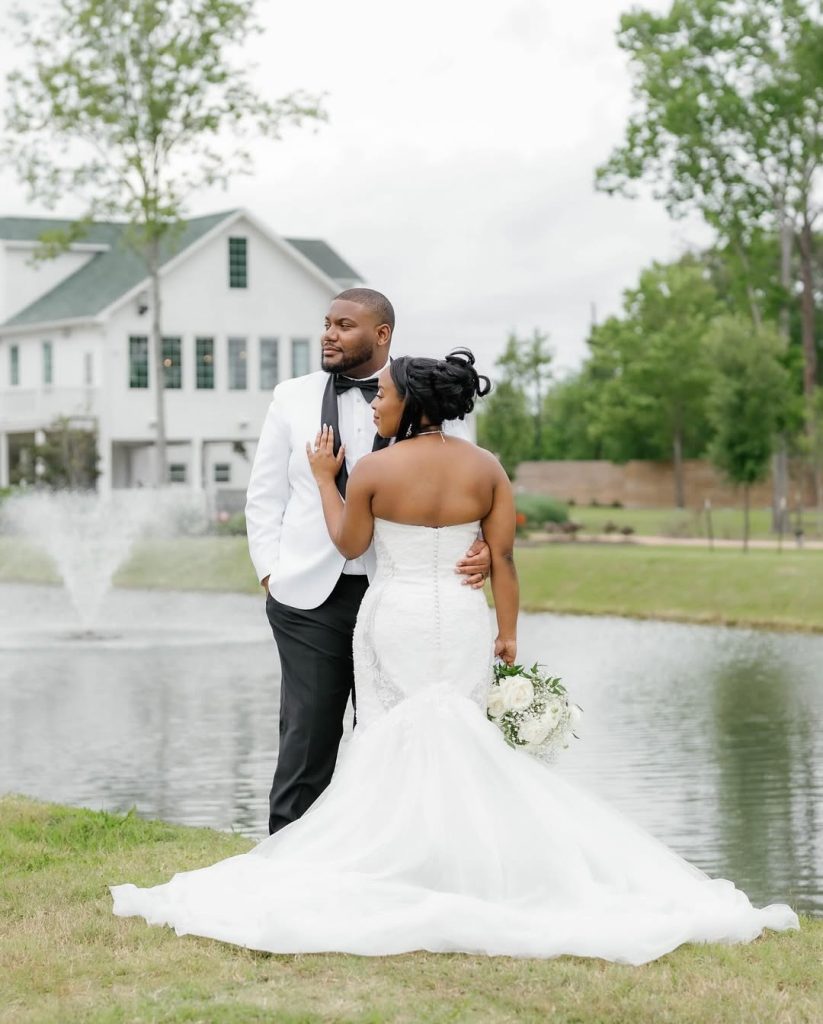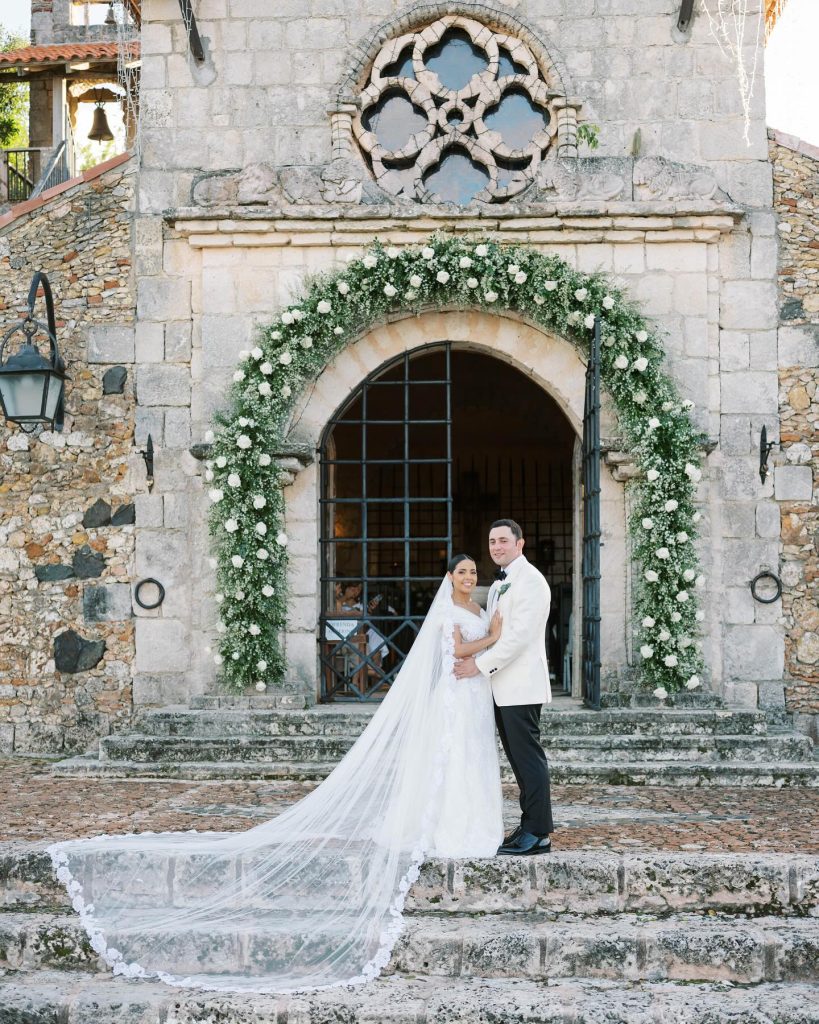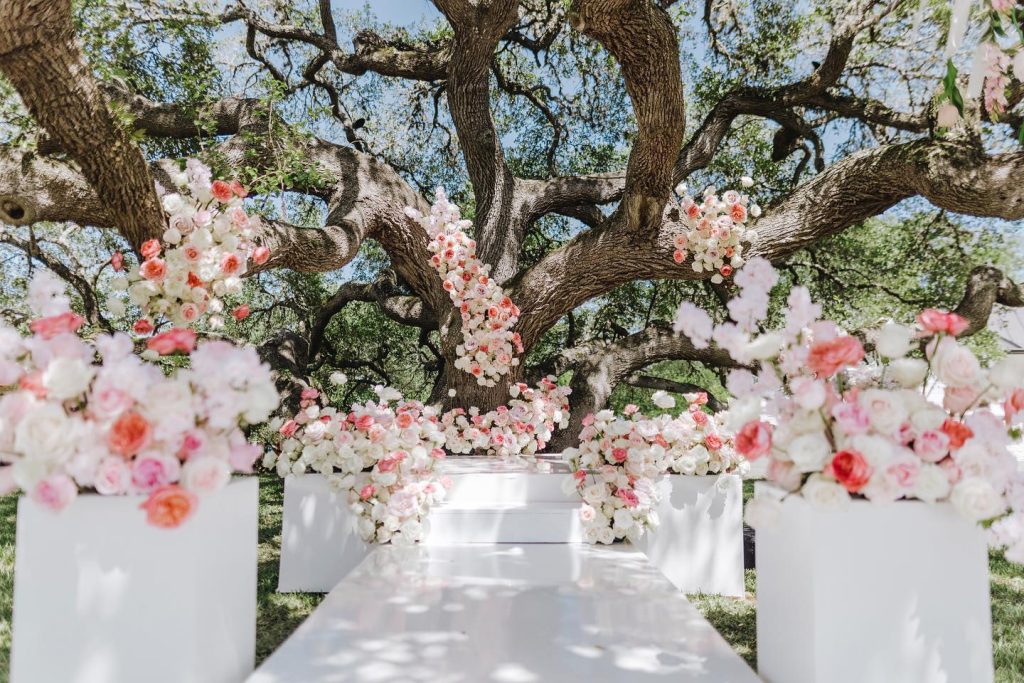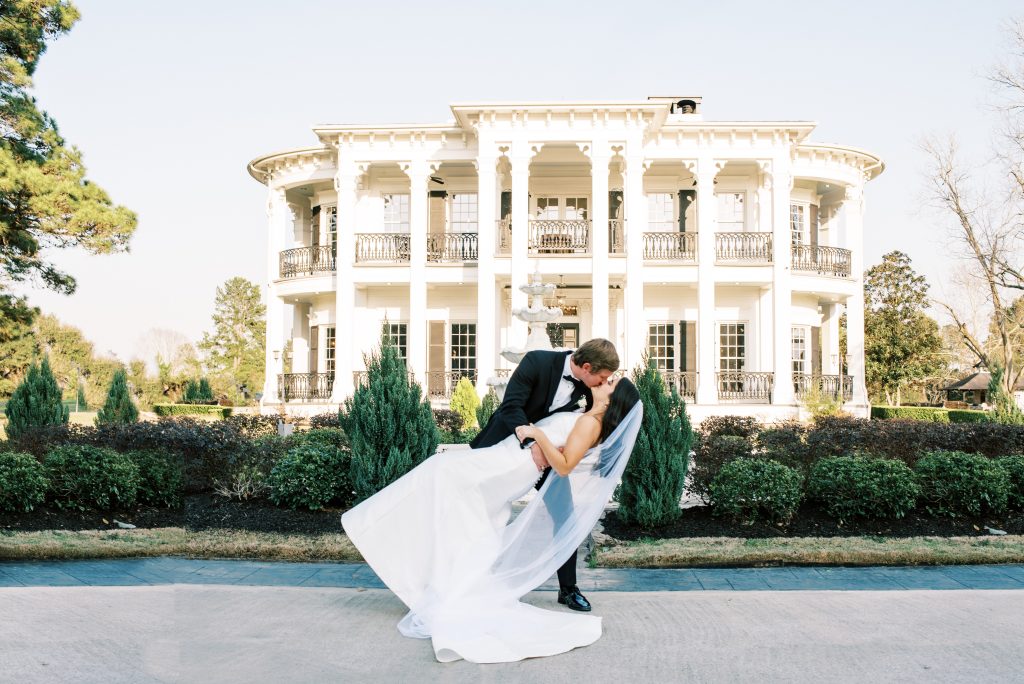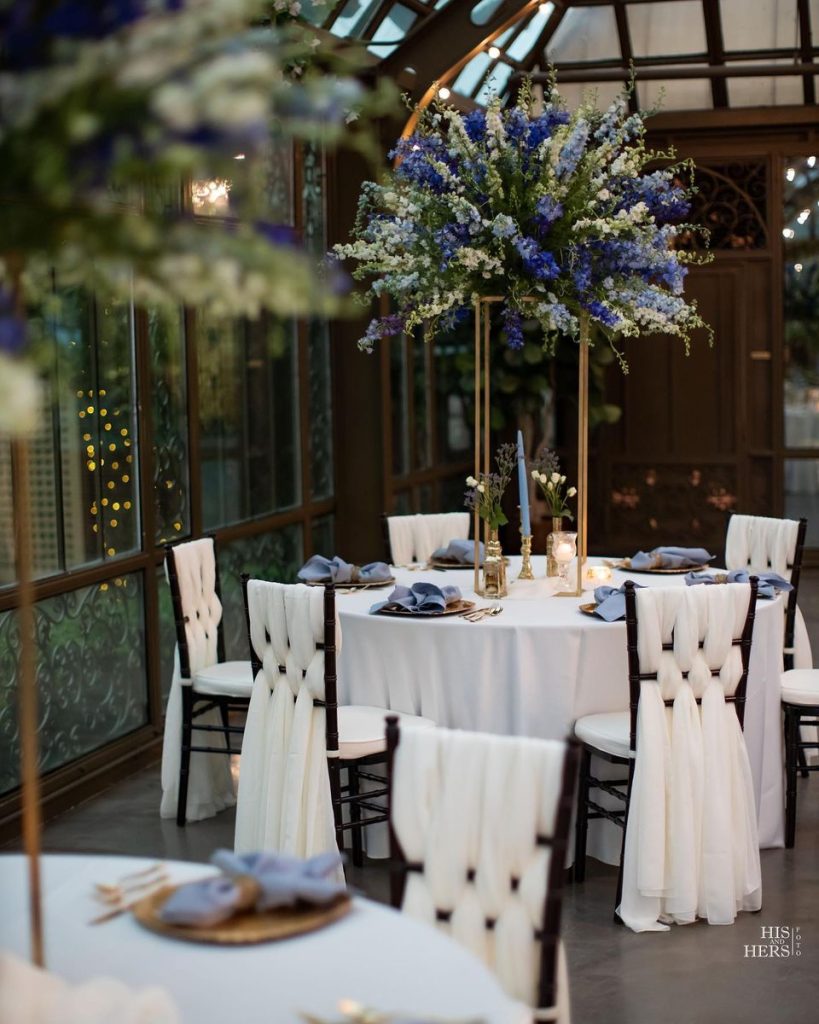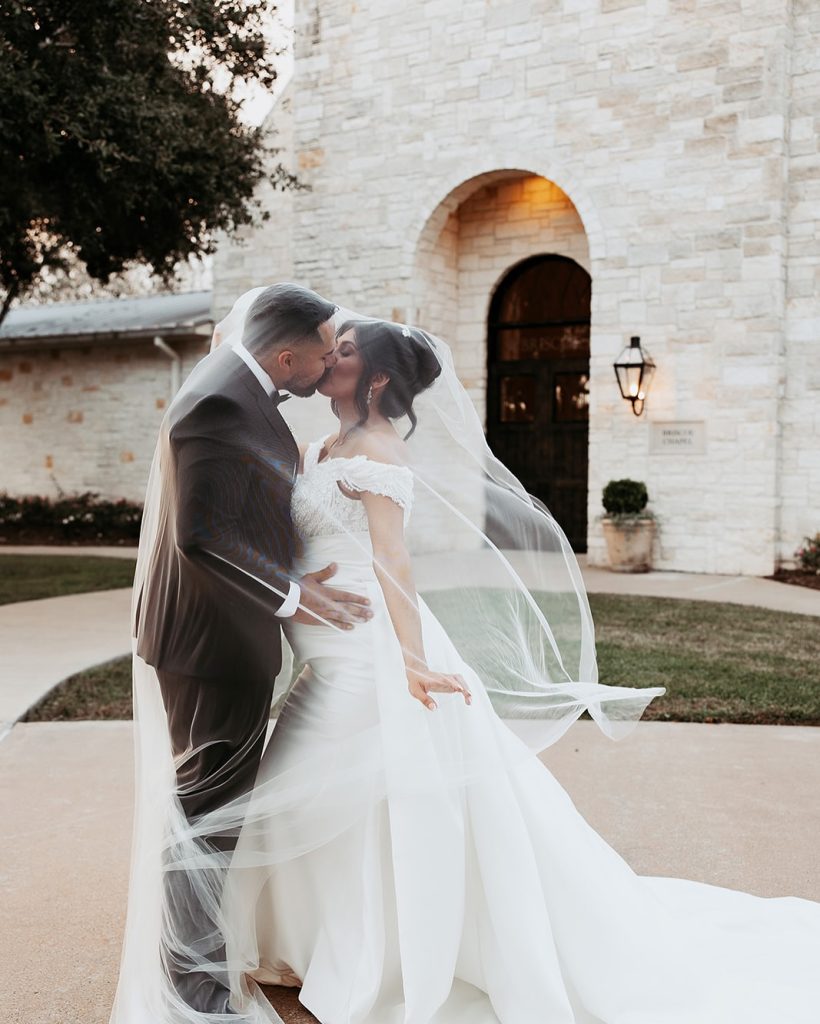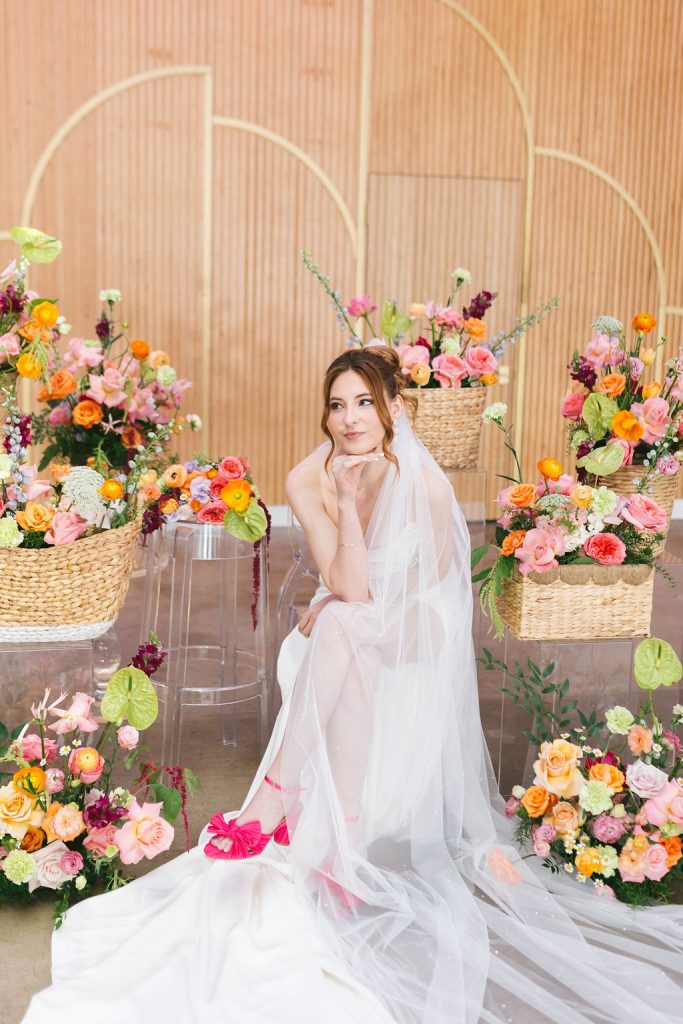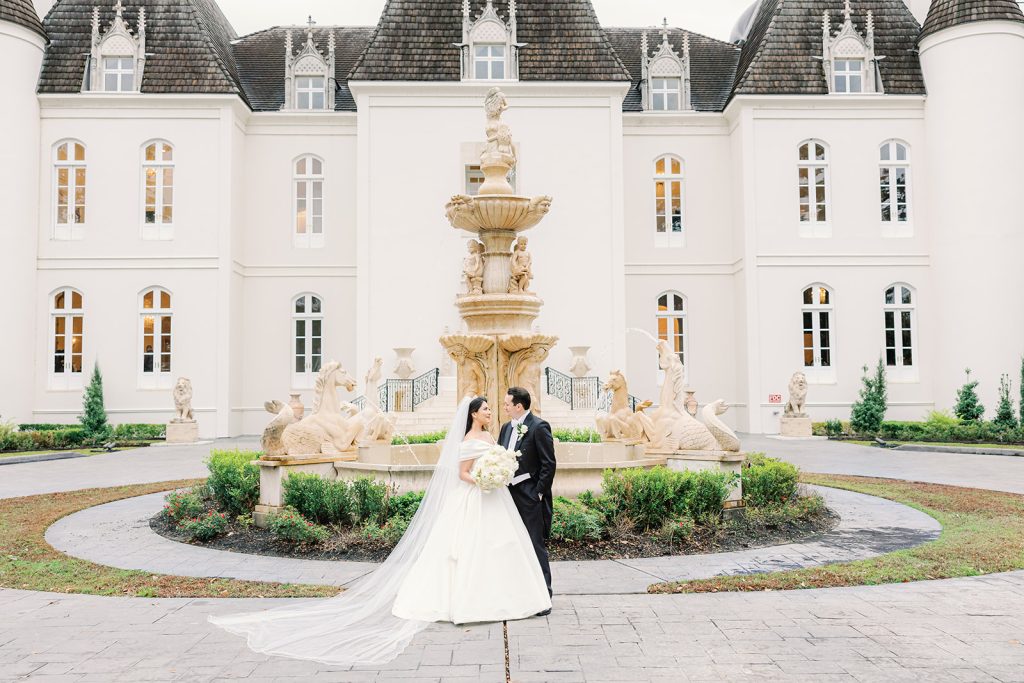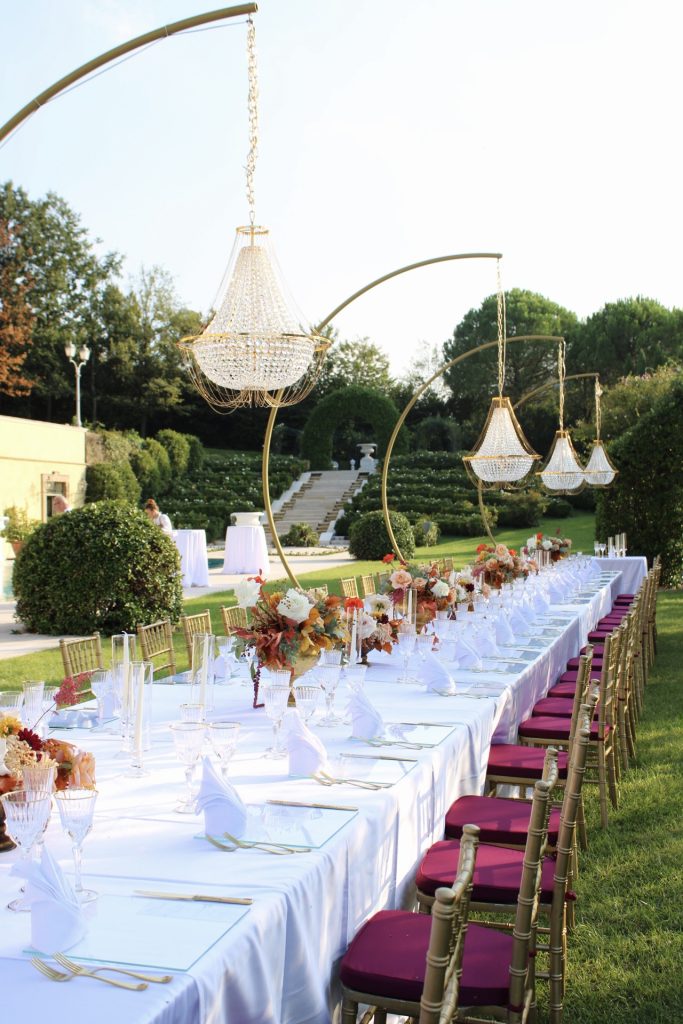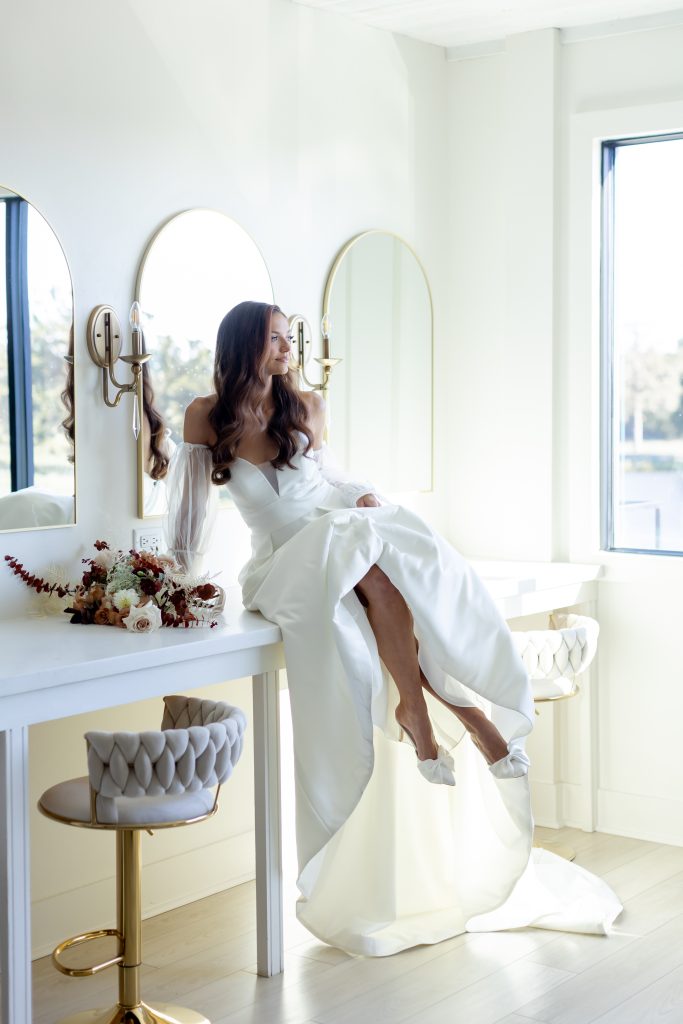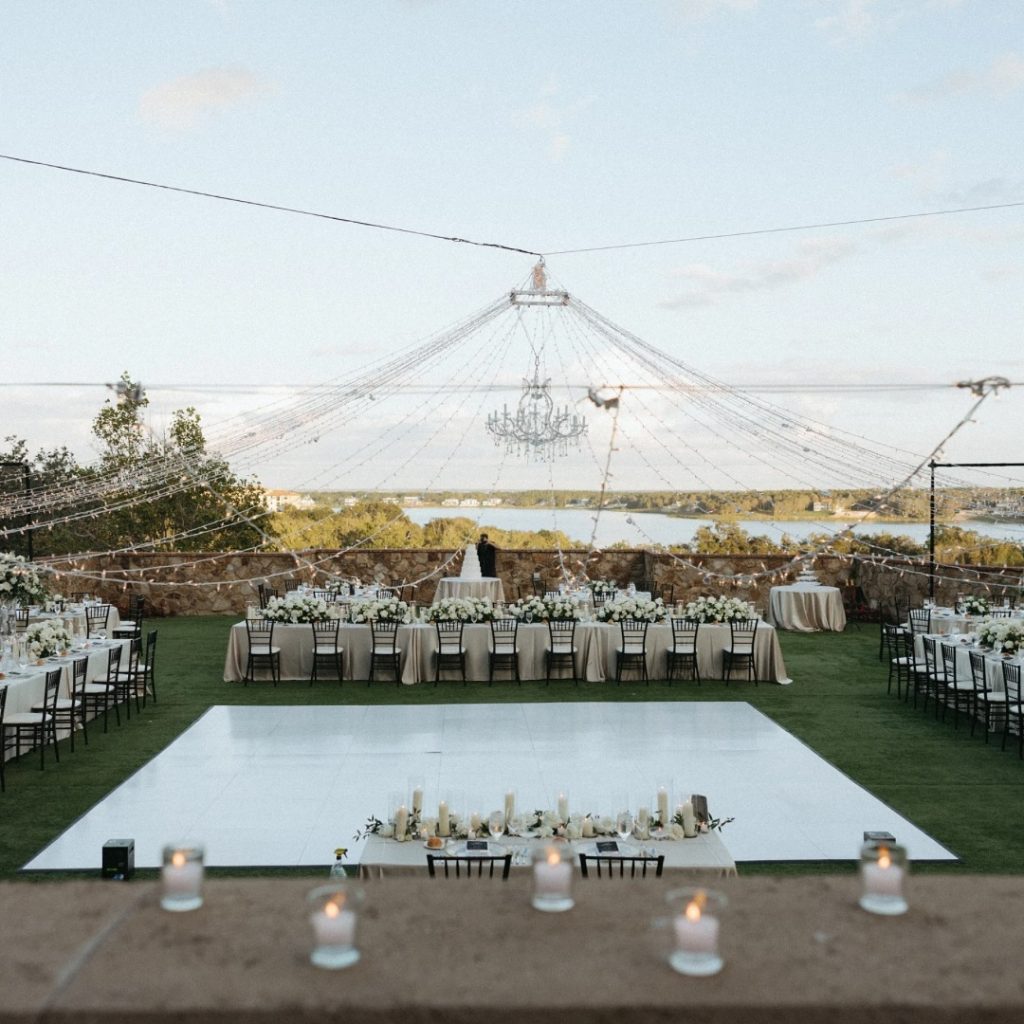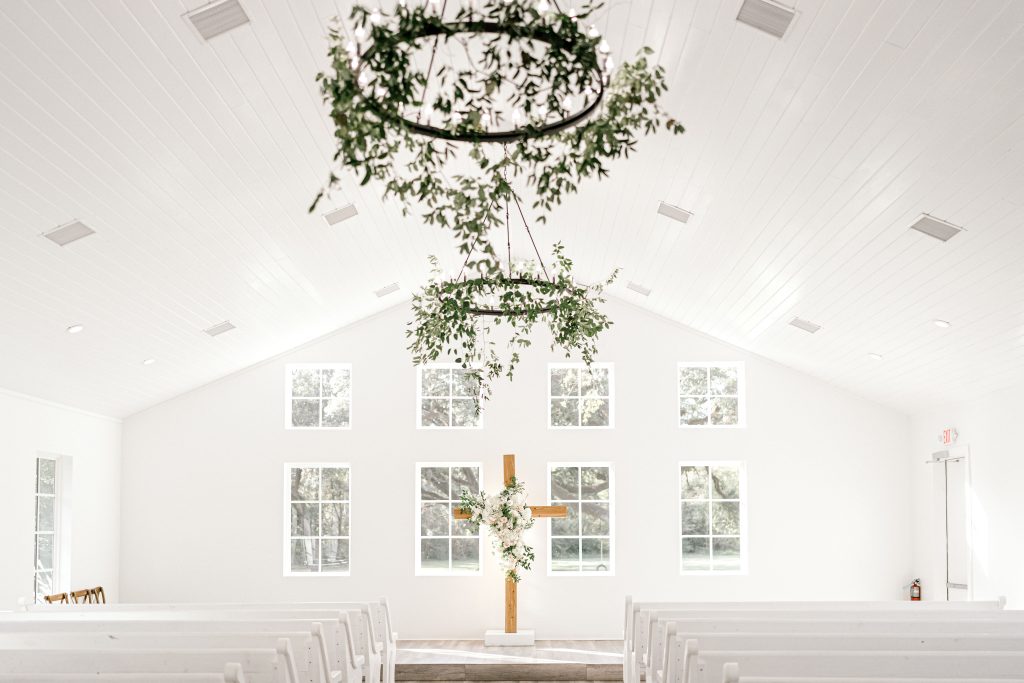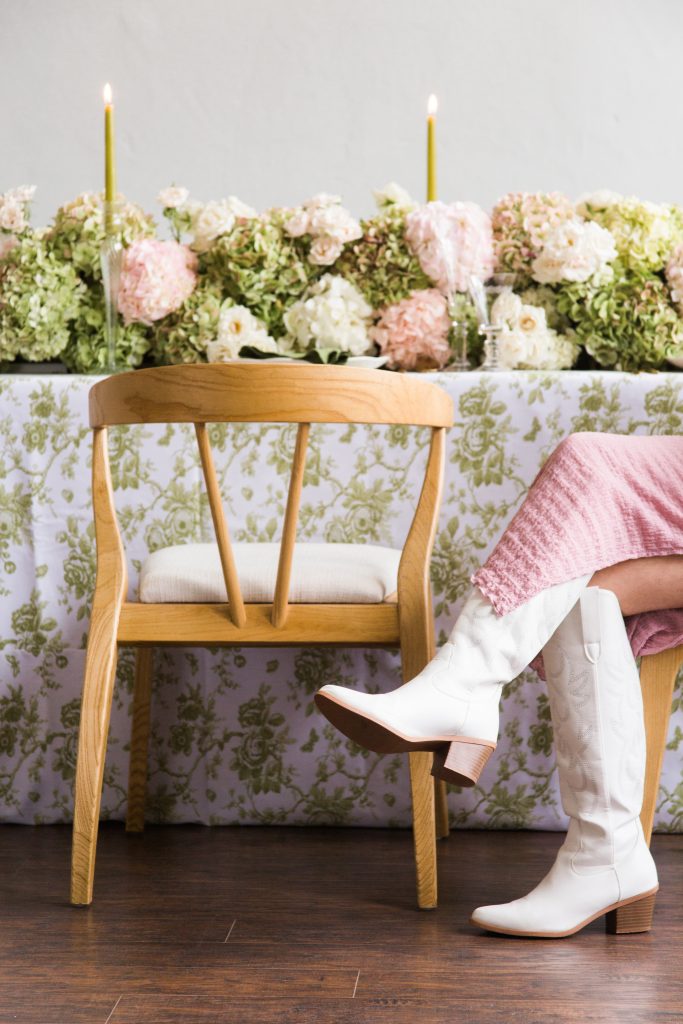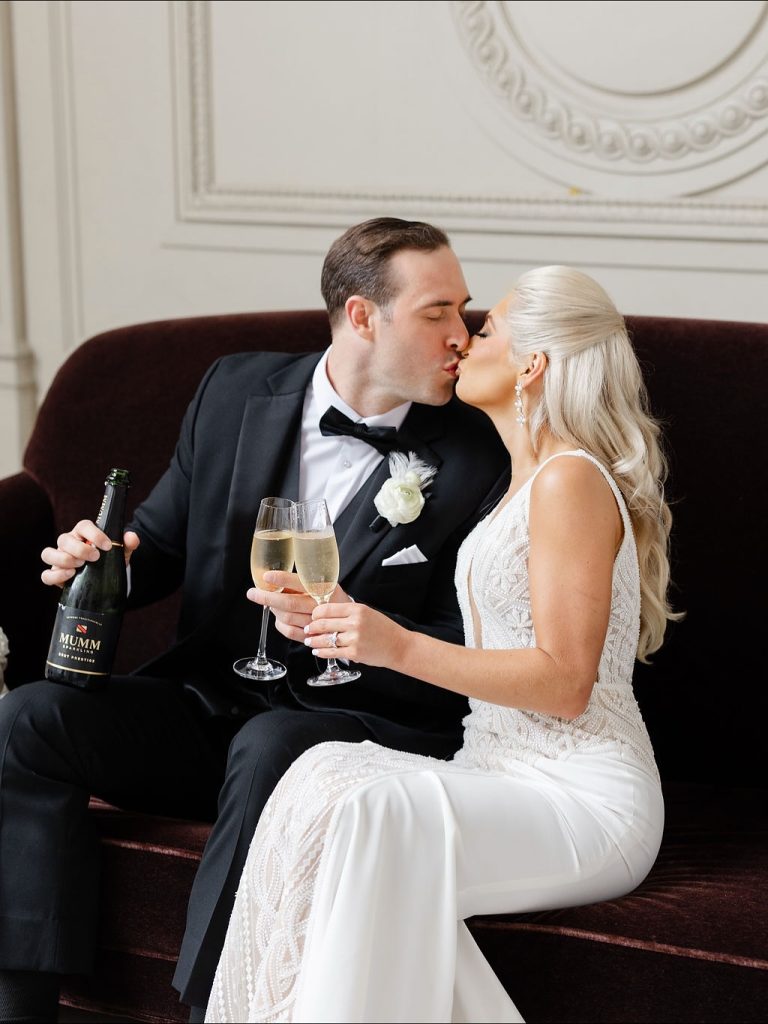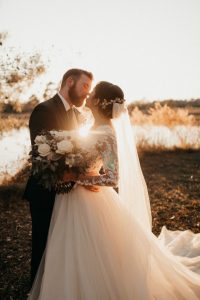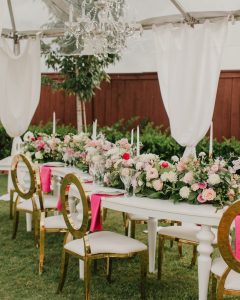You’ve been to weddings all your life, you’ve watched movies that are all about wedding planning and yet, now that it’s your turn, you likely have a million questions about the wedding ceremony. (It’s amazing how quickly things like processional order and vow details get fuzzy.) You can relax. We have wedding planning expert, Sava Sipe of Two Be Wed here to answer all of your most common wedding ceremony questions and bonus — she shares some awesome pro-tips along the way! Keep scrolling to get her insightful wedding planning advice when deciding which traditions to include.
Photo // Luke and Cat Photography
How long is a typical ceremony?
20-40 minutes
What’s the proper processional order? What about the recessional?
With today’s modern and blended families there are no unbendable rules when it comes to who is included in the processional and their particular order.
Within the framework of the traditional processional, a bride can create a processional unique to the couple and their families. If the bride would like to be walked down the aisle by both her mother and father or she wants her grandmother to be her flower girl — don’t sweat “tradition”!
Keep in mind that your venue will play a role here.
Processional
Churches may not have the officiant, groom or groomsmen process down the aisle but instead, take their place on the altar from a side room.
- Grandparents, if any — Groom’s side would go first and then the bride’s side. They can either walk down themselves or be escorted. An escort for grandparents is a great place to include an usher or family member in the ceremony.
- Groom’s Parents — If the groom’s parents are separated and remarried, depending on the family dynamics, the step-parents may also be included here. Some grooms also prefer to walk their mothers down the aisle themselves before taking their place at the altar.
- Mother of the Bride — As the traditional “hostess” the mother of the bride is the last to process before the bridal party.
- Groom & Officiant — Either side by side or one after the other.
- Bridesmaids & Groomsmen.
- Ring Bearers
- Flower Girls — Depending on their ages ring bearers and flower girls can walk down the aisle together!
- The Bride — escorted by her father or father figure. In some traditions, the bride is escorted by both her father and mother.
Depending on your venue and your preference, there are a few ways for the bridal party to process.
A) Most common at church venues, the groom and groomsmen will be staged near the altar and come take their places just before the bridesmaids process down the aisle in reverse order from who will be standing furthest from the bride on the altar to maid/matron of honor.
B) Groomsmen process down the aisle in reverse order from who will be standing furthest from the groom on the altar to the best man. The bridesmaids follow in reverse order from who will be standing furthest from the bride on the altar to maid/matron of honor.
C) Bridesmaids and groomsmen process in pairs (in reverse order from who will be standing furthest from the groom on the altar to the best man and maid/matron of honor) and split at the end of the aisle to take their places on the altar.
Pro-Tip: When deciding on the order of your bridal party I like to organize everyone by height. If your best man and maid of honor are on the taller side you can order the rest tallest to shortest. Think of the service bars on your phone!
Recessional
The bride and groom kiss and are pronounced husband and wife! They will recess down the aisle first. Make a note to the bridal party — DO NOT recess until the bride and groom have made it all the way down the aisle! You want to keep it clear for photos.
The bridesmaids and groomsmen will then recess in pairs. Arm-in-arm the best man and maid of honor will recess first, each pair following once the previous couple has made it ⅓-½ way down the aisle.
Pro Tip: Avoid the “conveyer belt” where you inch up to the center of the altar as the couple in front of you walks. Stay on your marked spot until it’s your turn to recess.
Parents and grandparents may recess in reverse order they processed OR they can remain seated in their seats as family photos will most likely take place back at the altar after the recessional.
What are the rules for inviting children to weddings?
According to traditional etiquette, it is not appropriate to list a reception as “adult-only” on the invitation. This should be communicated by the names listed on the envelope.
Most guests understand that if an invitation is addressed to “Mr. and Mrs. John Smith” and there is no mention of “and family” then the invitation is only for the parents.
In certain instances where my client knows that her family has a history of bringing more people than those actually invited, I encourage them to include a line on the response card that reads “___ seats have been reserved in your honor.” The client then fills in the specific number allowed per invitation. This just helps reiterate exactly how many people the invitation was intended for. If it’s a family of four and the response card reads two seats have been reserved in your honor, the message should be pretty clear. It is a gentler way of saying, don’t bring your kids and don’t assume you can bring a date.
If children are invited to your wedding consider putting together a special kids’ table, area or favors.
Can I walk down the aisle to any song I want or should it be more traditional?
Of course you can! There is beauty in tradition if it holds meaning for you, but I am a firm believer in each wedding representing the bride and groom. How do you want to feel as you walk down the aisle? Canon in D, an organ, an acoustic guitar, “A Thousand Years”, a string quartet playing a pop cover ALL have their place.
Where should immediate family sit?
Traditionally the front two rows on either side of the aisle.
Should we write our own vows?
It depends! This is YOUR wedding. Would personalized vows carry a lot of meaning for you and your fiancé? Or do you both dread public speaking?
If writing your own vows excites you or if traditional vows don’t capture the full picture of you and your fiancé – go for it! If you are wondering whether you should write your own vows even though it’s not something you would enjoy — traditional is beautiful!
Pro-Tip: Churches usually only offer traditional vows so if you are getting married at a church, but would like to write your own vows consider exchanging them by letter earlier in the day or taking a private moment after the ceremony to read them to each other with your photographer and videographer.
How important are traditions?
Planning a wedding involves hundreds of thousands of decisions. As you move through the planning process with its highs and lows, remind yourself of what a unique opportunity this is to represent yourself as a couple.
If you feel “meh” about a certain traditional — like tossing your bouquet, for example—toss it! There are too many decisions to be made to waste time on something you don’t care about.
You will be surrounded by those you hold most dear as you lavishly celebrate a new chapter and commitment. That’s amazing!
You don’t have to do anything just because “everyone” else does if it’s not something you appreciate. Look at the traditional wedding as a framework that you can either work within, be inspired by, or eschew!
There are no wrong answers when it comes to what your perfect wedding looks like. A meaningful ceremony, delicious food, drinks, great music, personalized celebration, thoughtful design and the right team to pull it together is the recipe for a perfect wedding — have FUN choosing your unique ingredients to get there!
A special thank you for all the insights — and pro-tips from Sava Sipe of Two Be Wed. To work with Sava and the Two Be Wed team, visit their Brides of Houston vendor page today!

























































